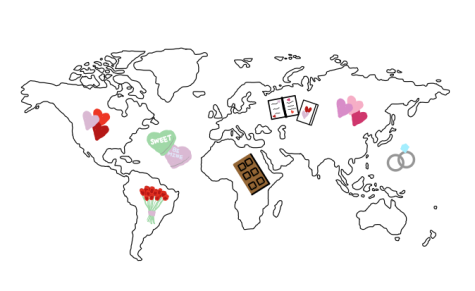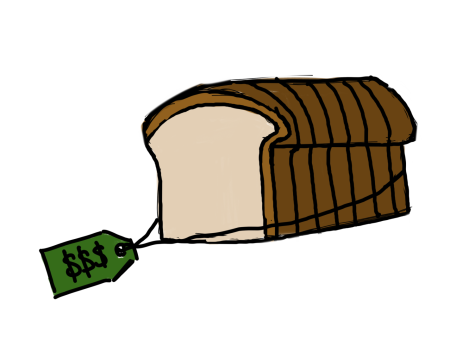Economic crisis ignited in Latin America
When one thinks of inflation, images of balloons, Harry Potter’s Aunt Marge and the like come to mind, often not with a negative connotation. However, blown up or not, never has the term been more nationally catastrophic than with the entire region of Latin America.
For the United States’ southern neighbors, a free, painless economy always came with a price. Prior to Spanish and Portuguese settlement, the ancestral Aztecs, Mayans, Incans and other such civilizations boasted simple yet effective, systems of trade that surpassed numerous structures at the time. For these ancient people, trade was a crucial notch in everyday life. However, with the arrival of Iberian conquistadors, fragmentation readily grew apparent, changing the early nations into supply states that grew cash crops for the profit of their conquerors. The reliance even remained in the region once independence came about in the early 19th century, placing South America today in the status of a third world country.
The region’s dependence on the work of external nations seems to be at the core of its troubles. According to the Latin American Economic Outlook, a national organization focused on the fiscal welfare of South America, lower global commodity prices, a slower economy in China, a reticent intake of capital and a general rise in outside financing are impeding the collective growth of all involved countries.
“I never knew conditions have become so bad,” said sophomore Ben Rizner. “These countries have their backs against a wall.”
More nations are being added to the barrel. Mexico, after barring involvement from foreign oil companies for about 80 years, suddenly reversed the principle on July 15 auctioning off prospective drilling land to global titans in hopes of stimulating its declining manufacturing industry. The economic growth rate was predicted to reach five or six percent; however, only two of the 14 offerings were purchased, plunging the rate to a staggering 1.6 percent. According to Bloomberg Business, a worldwide organization in the news of finance and business, the peso, Mexico’s currency, has dropped to a record low of 16.33 pesos to one U.S. dollar as of today (its value fluctuates daily). And this was just in Latin America’s second-biggest economy.
For Brazil, South America’s top economy, the country’s finances have long been in disarray. Of the nation’s gross domestic product (GDP), a shrink of 1.9 percent hit Brazil just from July to August of this year. The unemployment jumped to 7.5 percent, a record yearly increase when just last year it was 4.9 percent.
Yet the struggles of Latin America’s two economic leaders pale in comparison to neighboring countries stricken with the plague of inflation. Argentina, though holding nearly half of Mexico’s GDP, stands in South America’s third place. It also holds the world’s tenth highest inflation rate, according to Trading Economics. Though one of the richer in the globe just a century ago because of its industrial position on plentiful resources, Argentina has recently reached an inflation rate of about 40 percent, leaving it in an economic rut after an extensive amount of money fled the country on the back of emigrants in the early 2000s. Coupled with a massive run on Argentinian banks around the same time, its economy just sickly limps on.
And yet, that simply remains an understatement for another Latin American nation, which holds the highest global inflation rate. Venezuela suffers from a state known as hyperinflation, where its inflation rate has exceeded 50 percent and has officially hit a staggering 68 percent in recent calculations. Though Venezuelan officials have stopped keeping record of the catastrophe, the stories of people lining up for basic commodities like toilet paper and deli meat clearly describe the situation. Venezuela has reached a fatal spiral in attempting to strengthen socialist policies in the midst of overwhelming external capitalism. Yet a solution may be quite simple.
“How can a country stop inflation?” said social studies teacher Mr. Cory Jensen. “One, stop printing money. Two, tie your money to a commodity. And three, spend less.”
In the end, no matter the perspective taken, South America stands in deep economic strife with no clear path out. The problems continue to build, and it seems like this balloon is ready to burst.
Your donation will support the student journalists of Saint Viator High School. Your contribution will allow us to purchase equipment and cover our annual website hosting costs.








